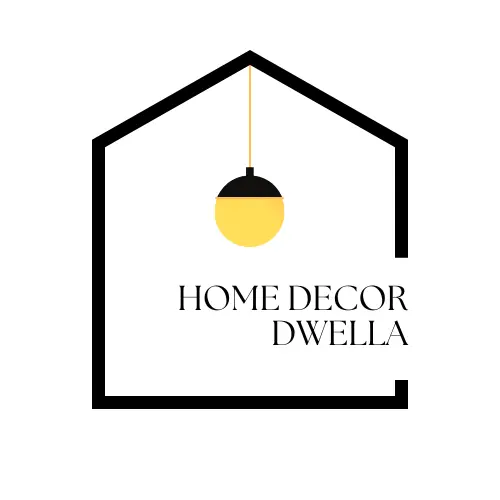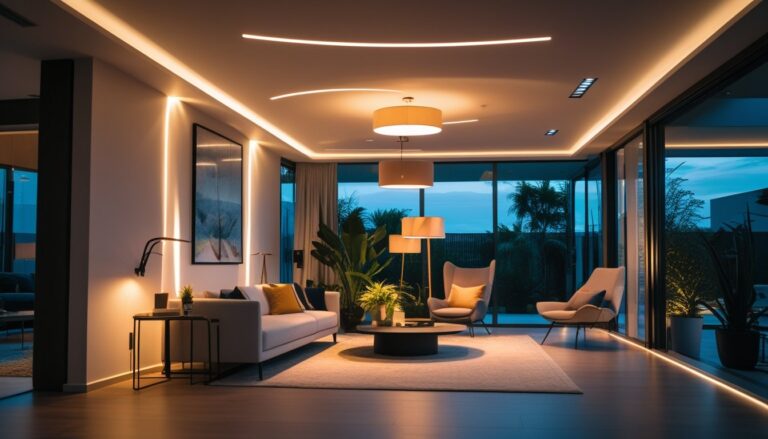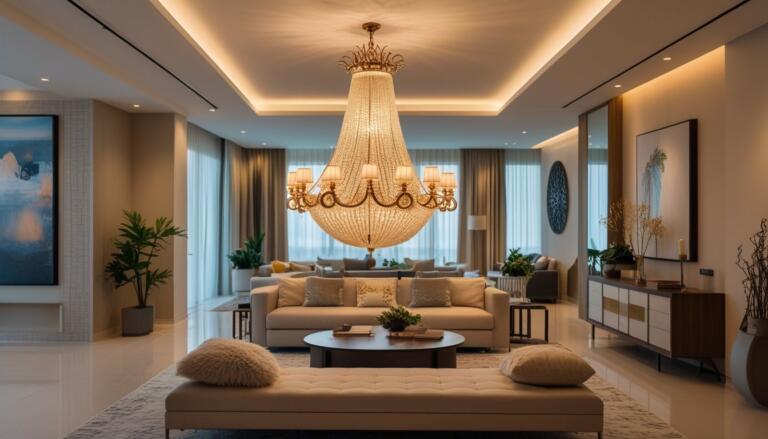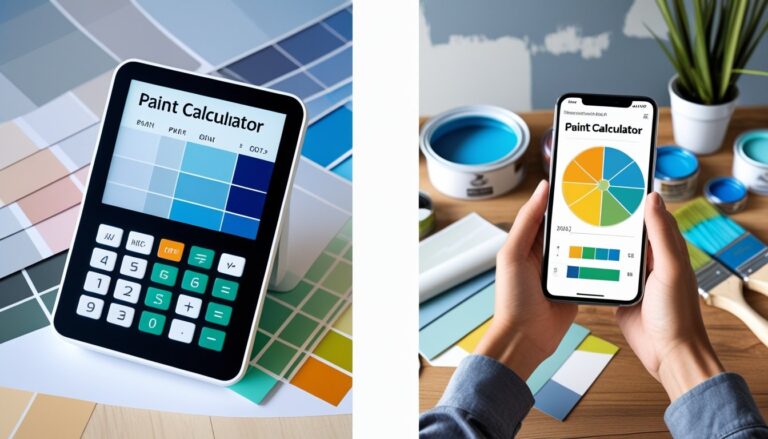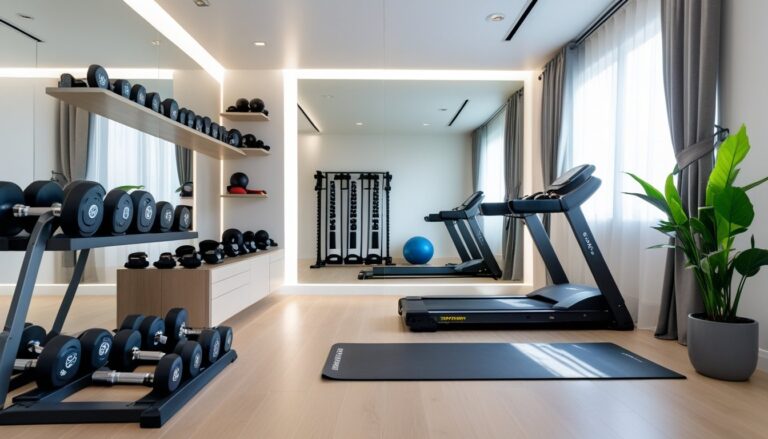How to Mix and Match Patterns Like a Pro: A Complete Guide to Stylish Home Decor
Mixing and matching patterns in your home decor can be intimidating. Many people shy away from combining different prints because they fear the result will look chaotic or mismatched. However, when done right, mixing patterns adds depth, personality, and visual interest to any space. If you’ve ever wondered how to mix and match patterns like a pro, this comprehensive guide will walk you through the principles, tips, and product recommendations to help you confidently create a cohesive and stylish home interior.

Why Mix and Match Patterns?
Patterns bring life and texture to a room. They can evoke moods, highlight architectural features, and reflect your personality. Using a variety of patterns prevents your space from feeling flat or monotonous. When you learn to mix and match patterns effectively, you unlock endless possibilities for creativity and design.
Understanding the Basics: Types of Patterns
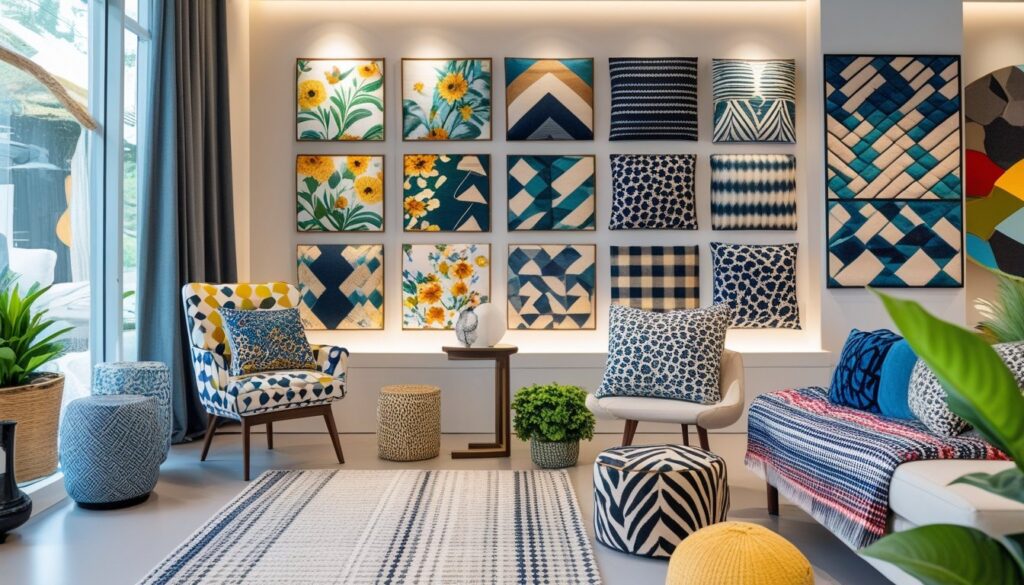
Before diving into mixing patterns, it’s important to understand the different types of patterns commonly used in home decor:
- Stripes: Classic and versatile, stripes add structure and can elongate or widen a space depending on their orientation.
- Florals: From dainty and delicate to bold and oversized, floral patterns bring a natural, organic feel.
- Geometric: These include shapes like triangles, diamonds, hexagons, and chevrons, adding a modern or retro vibe.
- Animal Prints: Leopard, zebra, or snake prints introduce a wild, exotic touch.
- Plaids and Checks: Traditional and cozy, these patterns often evoke a rustic or farmhouse aesthetic.
- Abstract: Freeform and artistic, abstract patterns can serve as statement pieces.
Step 1: Start with a Base Pattern
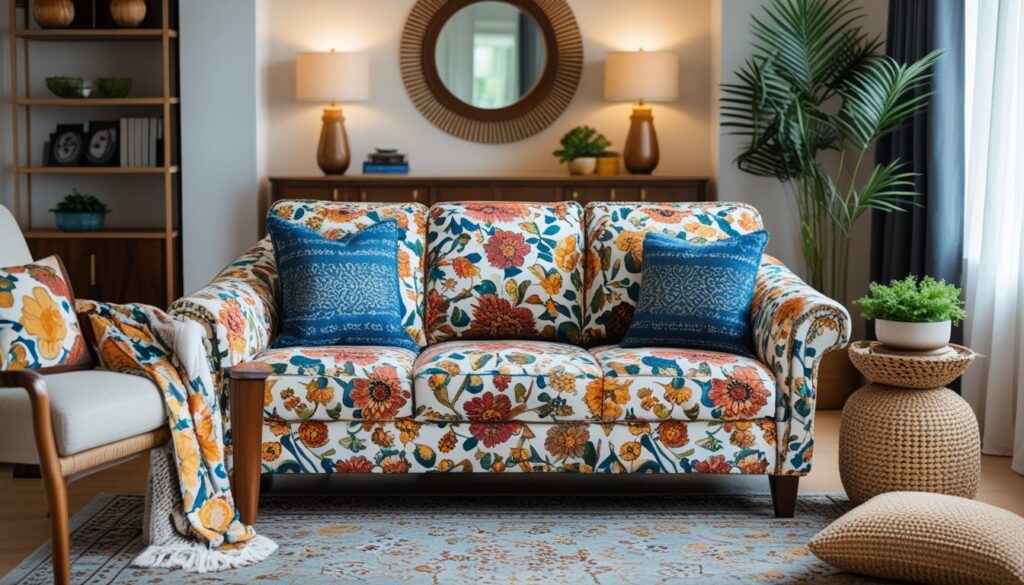
When learning how to mix and match patterns like a pro, start by choosing a base pattern that will anchor your design. This pattern should be something you love and that complements your existing decor. For example, if you have a floral sofa, that could be your base.
Tip: Choose one dominant pattern and build around it with smaller accent patterns.
Step 2: Stick to a Cohesive Color Palette
One of the biggest mistakes when mixing patterns is using too many colors. To create harmony, select patterns that share at least one or two colors. This cohesion makes the patterns feel intentional rather than random.
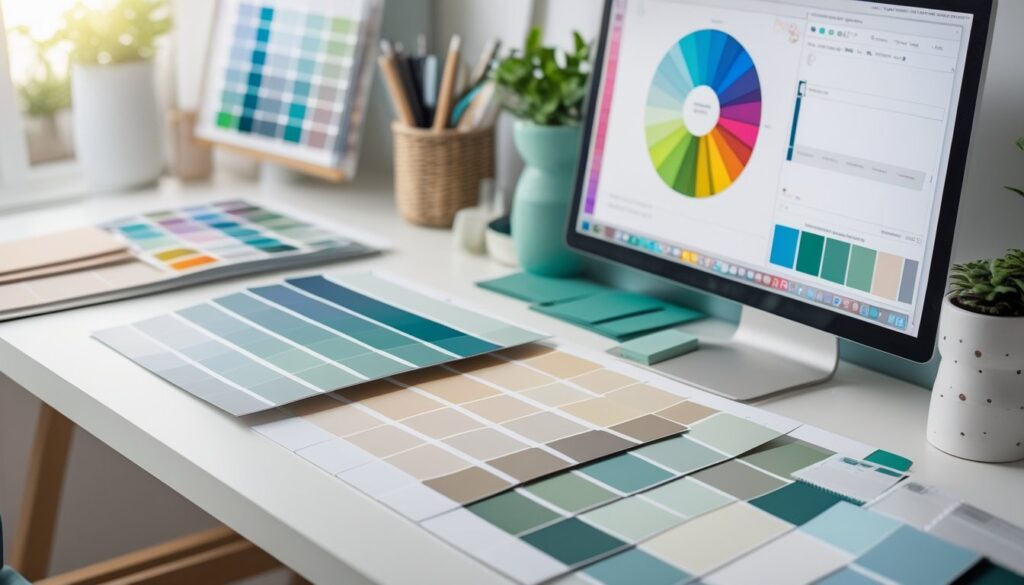
For instance, if your base pattern features navy and cream, choose additional patterns with those colors or complementary hues like soft grey or blush pink.
Step 3: Vary the Scale of Patterns
Mixing patterns of different scales is a pro-level trick. Combining large-scale patterns with smaller, more subtle ones creates balance and prevents the room from feeling overwhelming.
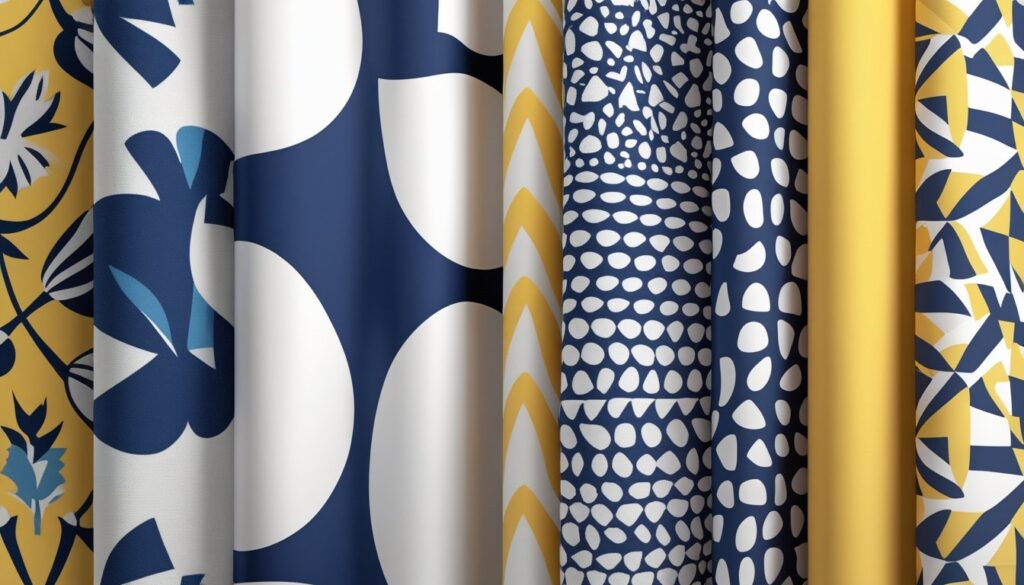
Example:
- Large floral curtains
- Medium-sized geometric throw pillows
- Small striped rug or runner
Step 4: Mix Pattern Types for Contrast
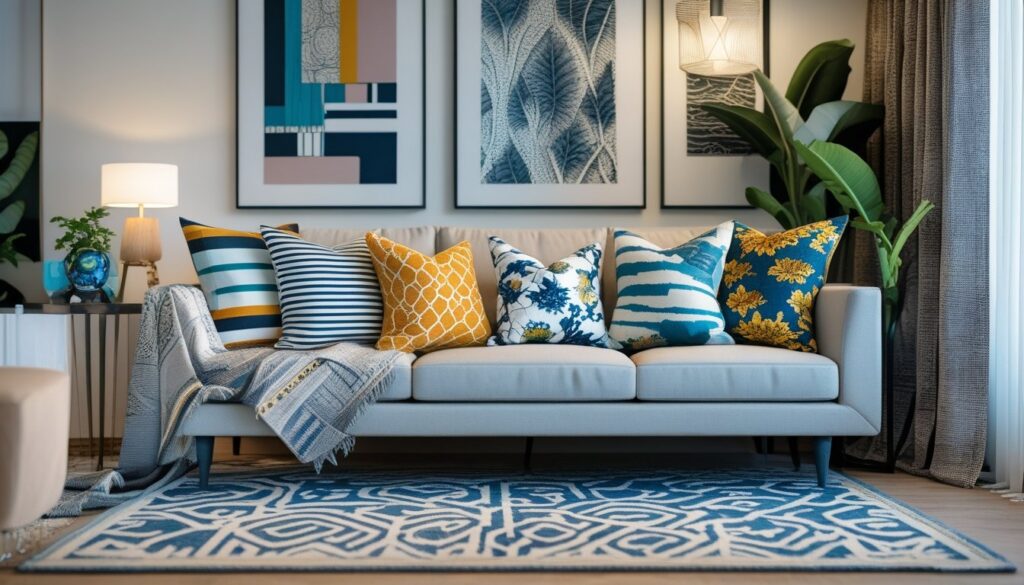
Don’t be afraid to combine different pattern types. Pairing florals with stripes, or plaids with geometrics, adds visual interest. The contrast between pattern shapes and styles keeps the eye engaged.
Step 5: Use Neutrals to Break Up Patterns
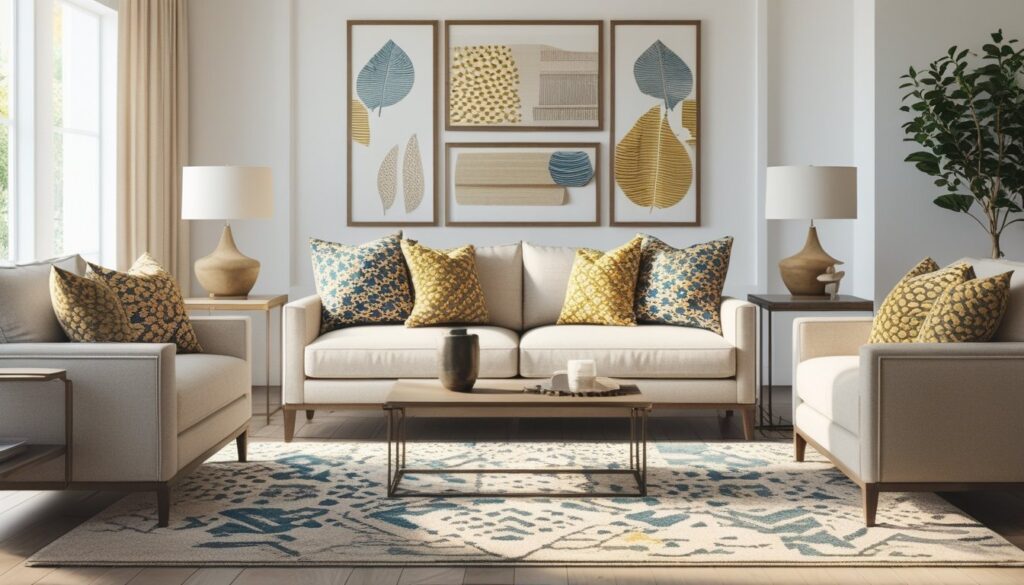
If you’re worried about too much going on, incorporate solid neutral pieces like a beige sofa or white walls. These neutral elements give the eye a place to rest and highlight your patterned pieces.
Step 6: Incorporate Texture Alongside Patterns
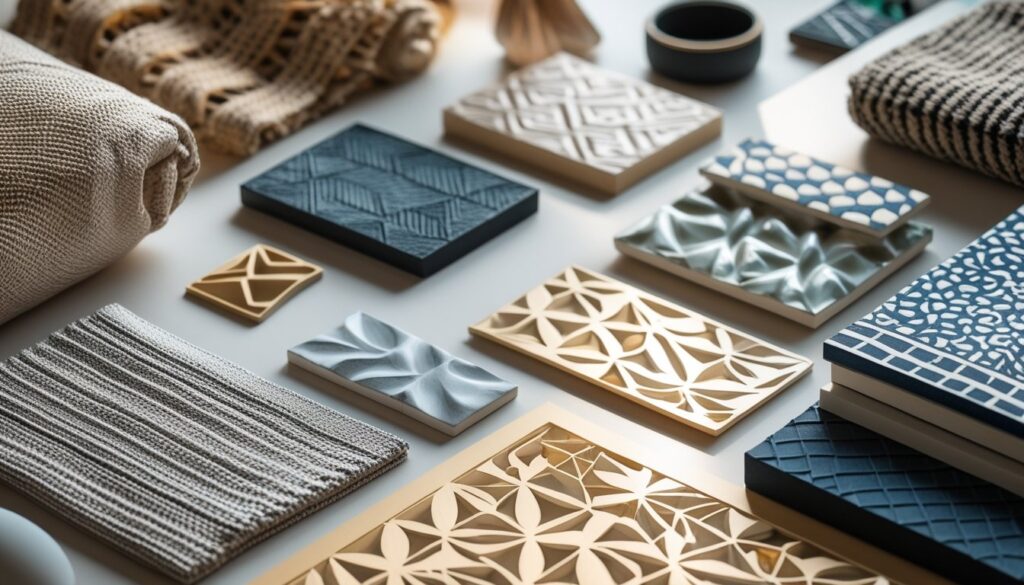
Texture can enhance your pattern mixing game. Consider velvet cushions, woven throws, or silk curtains. These tactile elements add dimension and keep your space from feeling flat.
Product Recommendations to Help You Mix and Match Patterns
To help you get started, here are some stylish and affordable patterned home decor items available on Amazon that can elevate your space. (All links include the affiliate tag: Parentingtips-20)
- Throw Pillows with Mixed Patterns
Add a mix of patterned throw pillows to your sofa or bed. This set of 4 decorative pillows features stripes, florals, and geometric prints in coordinating colors — perfect for mixing and matching.
Shop these stylish pillows here
- Patterned Area Rug
An area rug with a bold geometric pattern can anchor your room and complement other patterns in smaller doses.
- Floral Curtains
Lightweight floral curtains add softness and pattern without overwhelming a room.
- Plaid Throw Blanket
A cozy plaid throw is a great way to introduce a traditional pattern that pairs well with florals or geometrics.
Real-Life Example: Mixing Patterns in a Living Room
Let’s put these steps into practice with a living room scenario:
- Base Pattern: A large floral sofa in navy, cream, and blush.
- Color Palette: Navy, cream, blush, and soft grey.
- Accent Patterns: Geometric navy and cream throw pillows, small striped cream and blush rug, and a plaid throw blanket in coordinating colors.
- Neutral Elements: Beige walls and a cream coffee table.
- Texture: Velvet pillows and a knitted throw.
This combination uses a dominant floral pattern, incorporates geometric and striped accents, and balances everything with neutrals and texture for a cohesive, stylish look.
Tips for Mixing Patterns in Different Rooms
- Bedroom: Mix floral bedding with striped or geometric accent pillows. Use a patterned rug to tie the look together.
- Dining Room: Patterned seat cushions paired with a floral tablecloth can create a charming, eclectic vibe.
- Bathroom: Use patterned shower curtains and towels with geometric floor tiles for a fresh look.
- Office: Combine striped curtains with abstract art prints and a plaid rug to add interest without distraction.
Common Mistakes to Avoid When Mixing Patterns
- Too Many Colors: Stick to a limited color palette to avoid visual chaos.
- Patterns of the Same Scale: Using only large or only small patterns can make the space feel unbalanced.
- Ignoring Room Size: In a small room, opt for smaller-scale patterns to prevent overwhelming the space.
- Forgetting Texture: Patterns alone can feel flat; add texture for depth.
Final Thoughts
Learning how to mix and match patterns like a pro isn’t about following rigid rules — it’s about experimenting with confidence and trusting your eye. Start with a base pattern, stick to a cohesive color scheme, vary pattern scales, and mix pattern types. Don’t forget to include neutrals and texture to balance your design.
With these tips and some thoughtfully chosen products, you’ll be able to transform your home into a stylish, vibrant space that reflects your personality and creativity.
FAQS
1. How do I start mixing patterns in home decor?
Begin by choosing a base color palette and using it across different patterns. Start with simple combinations, like stripes with florals, and gradually experiment with bolder prints.
2. What are the best patterns to combine for a stylish look?
Some popular pairings include stripes with polka dots, florals with geometrics, and plaids with solids. The key is balancing bold patterns with simpler ones for visual harmony.
3. How can I avoid clashing patterns?
Stick to a consistent color scheme, vary pattern scales, and mix large prints with smaller ones. This creates a balanced, cohesive design without overwhelming the space.
